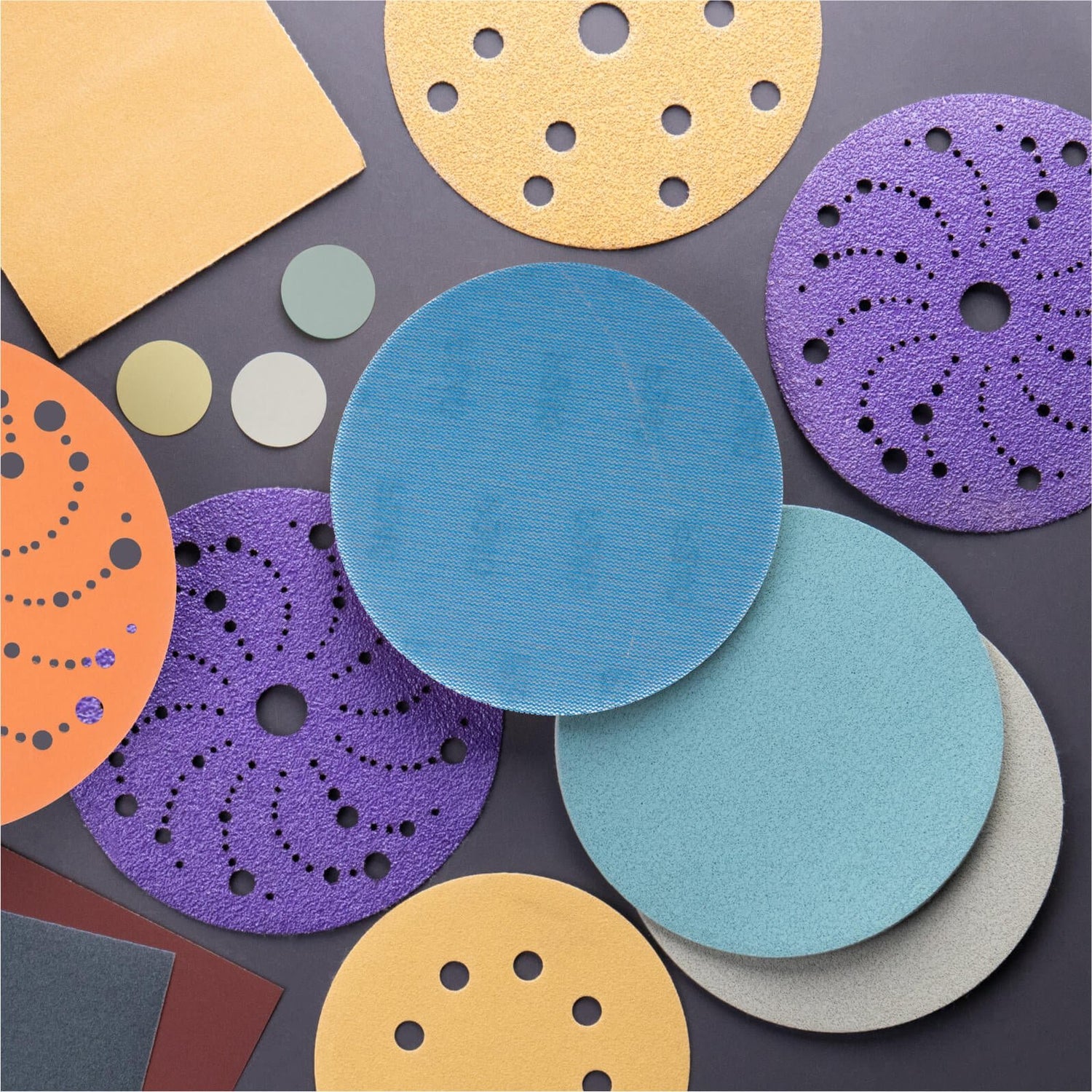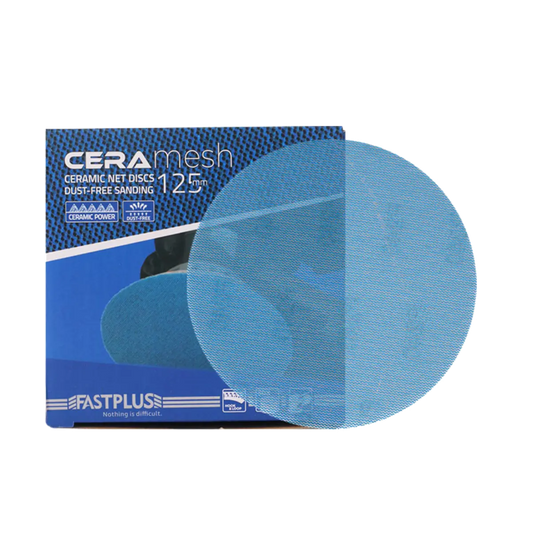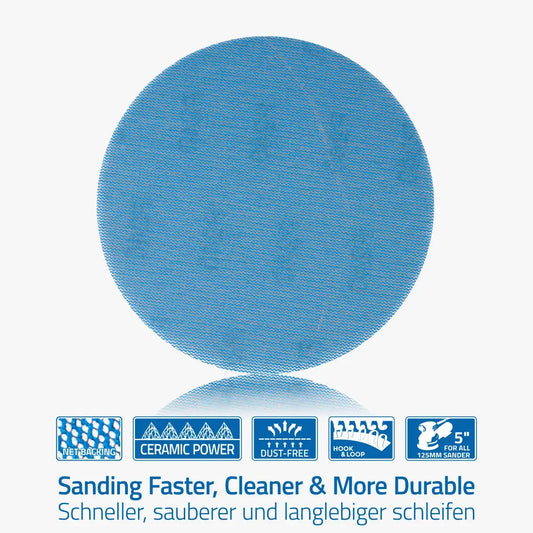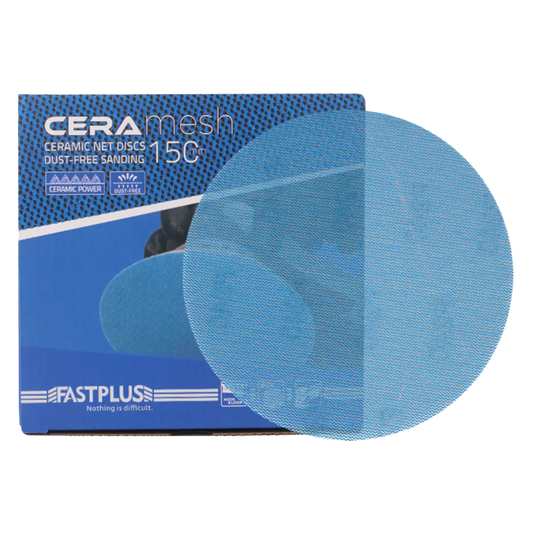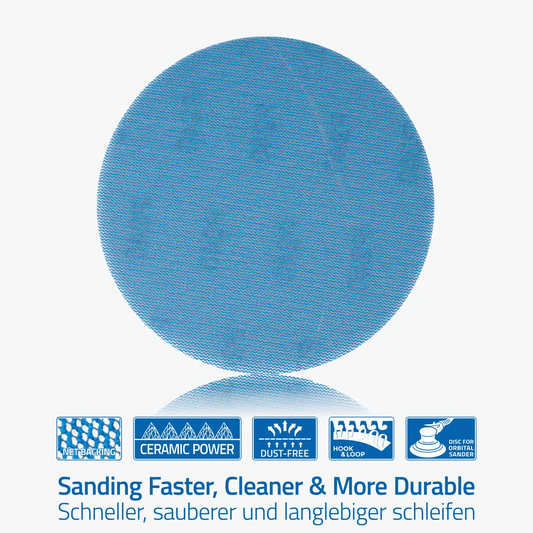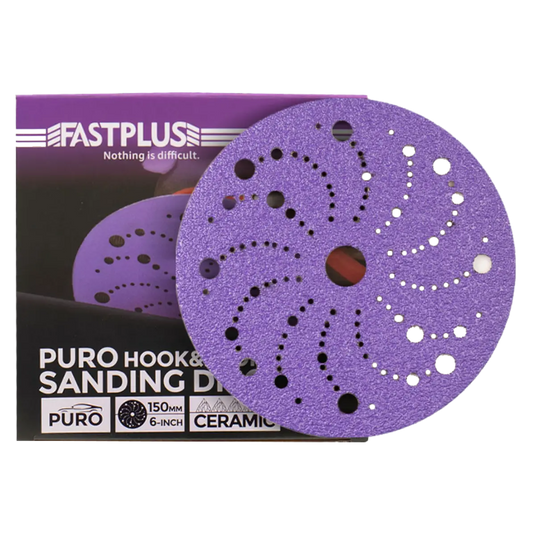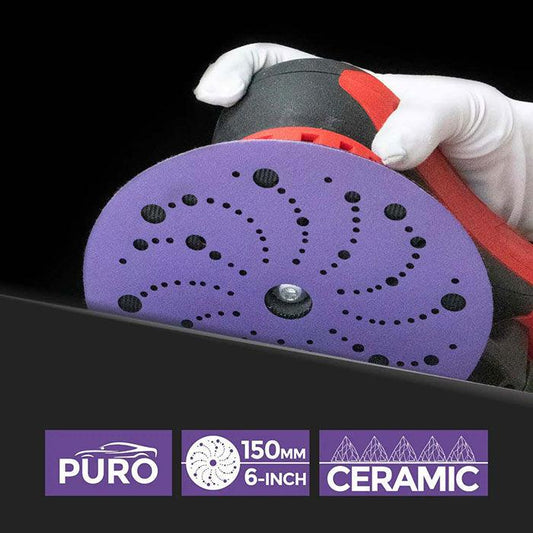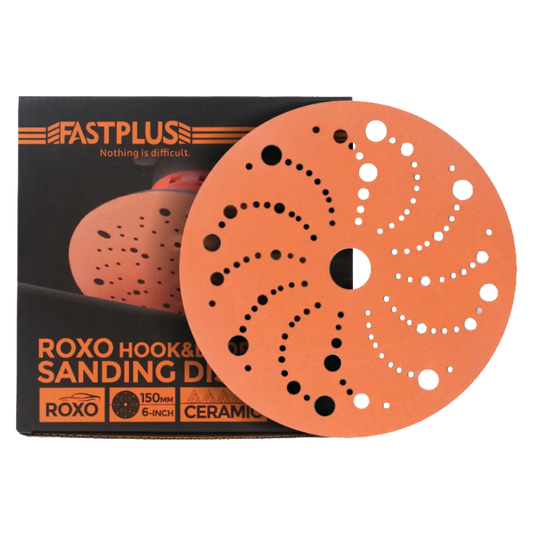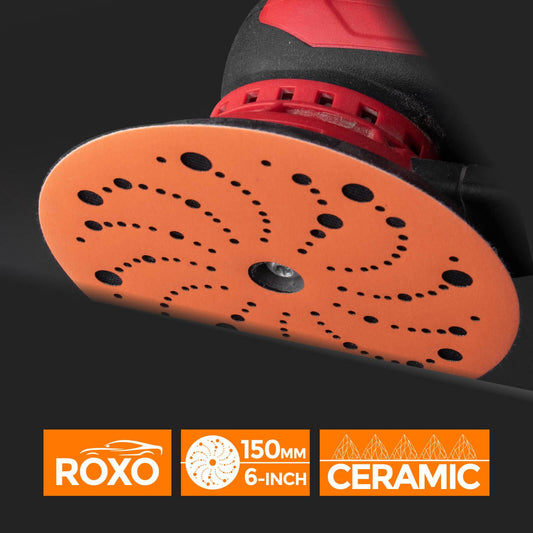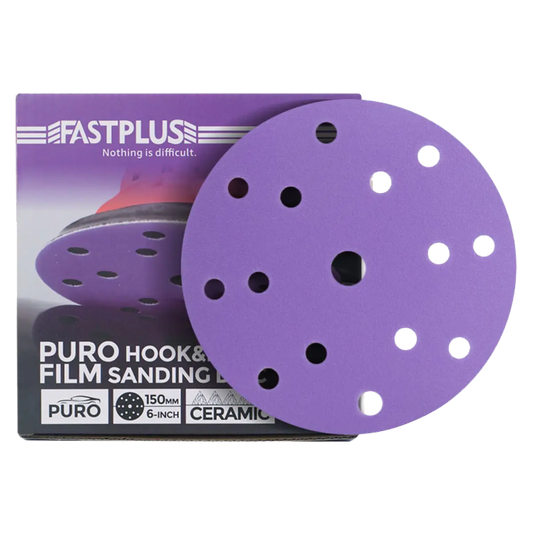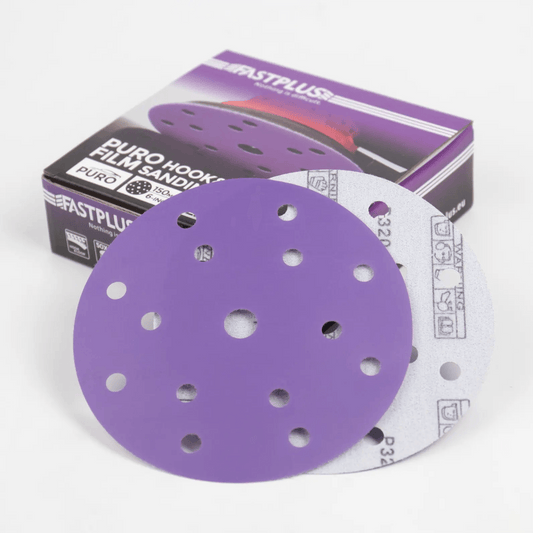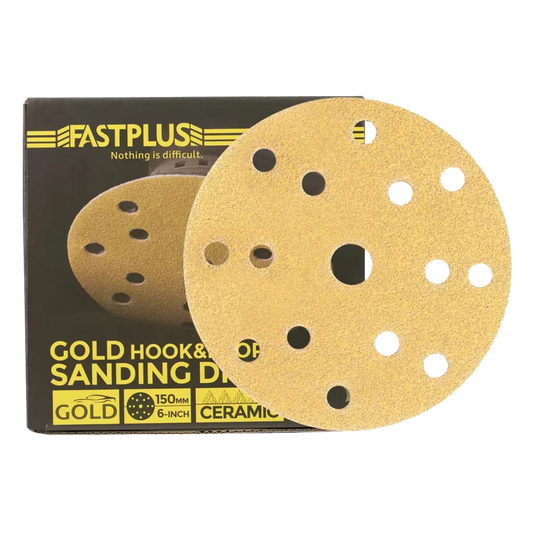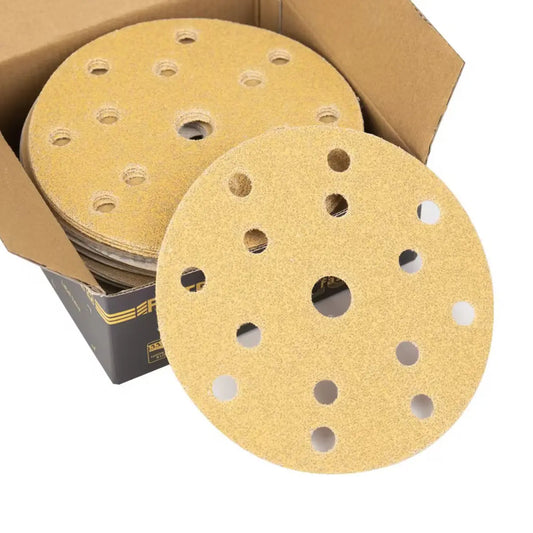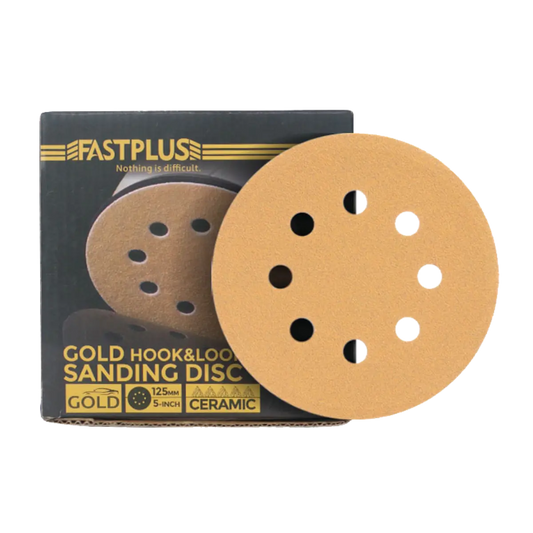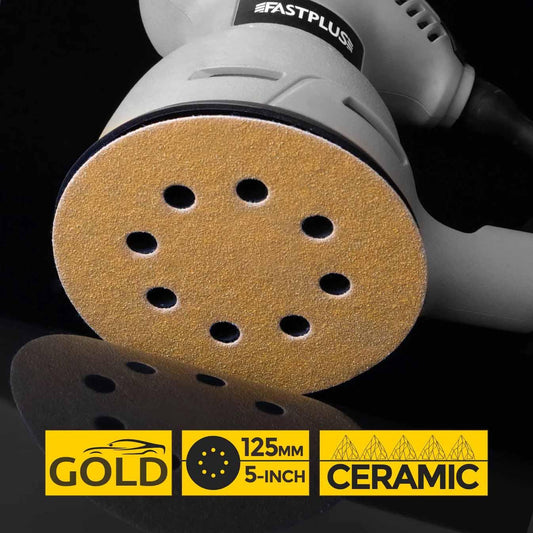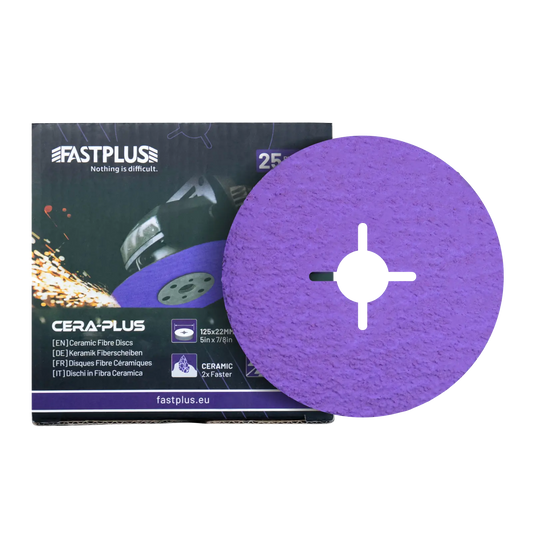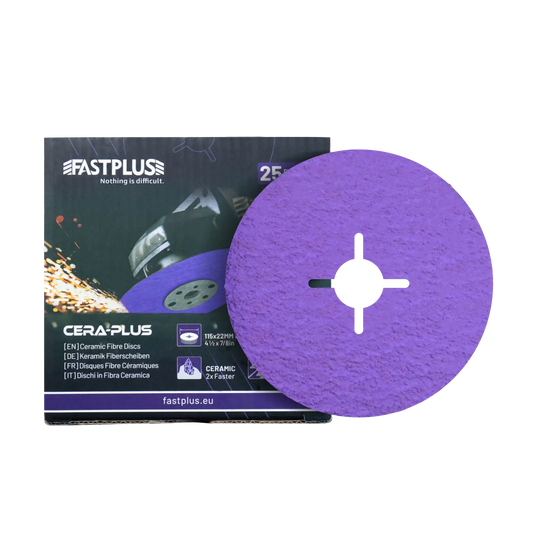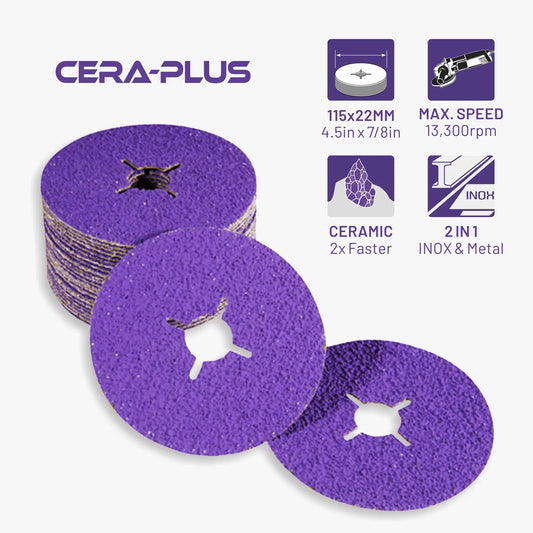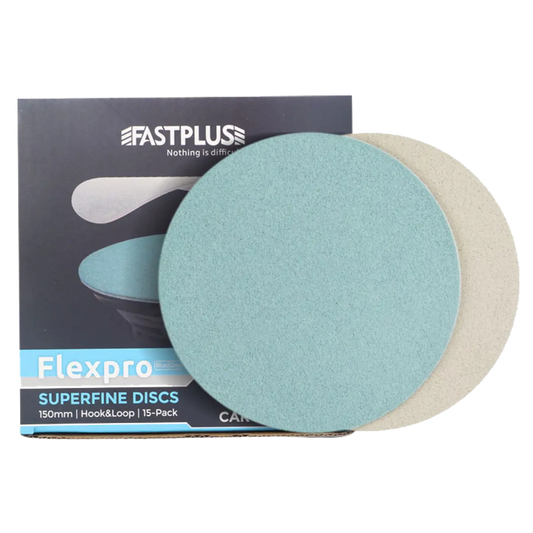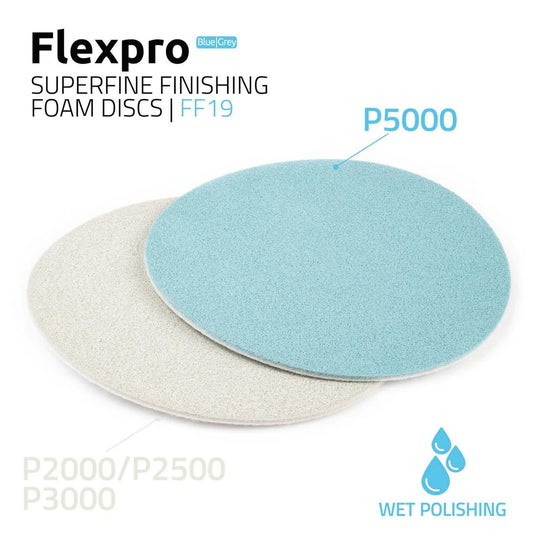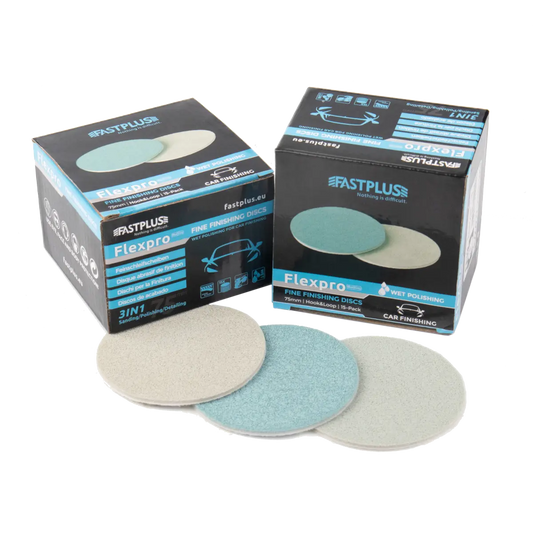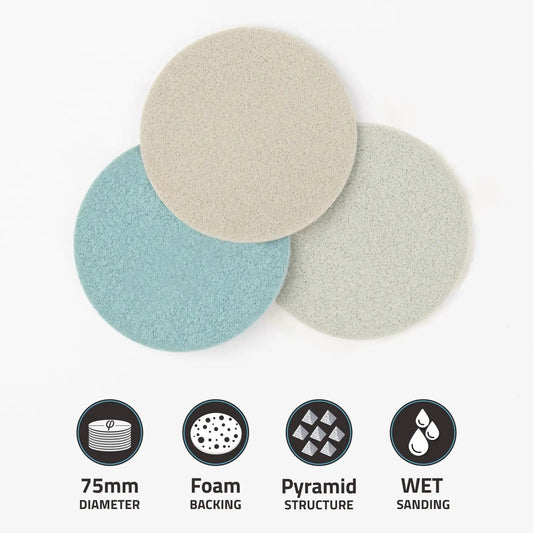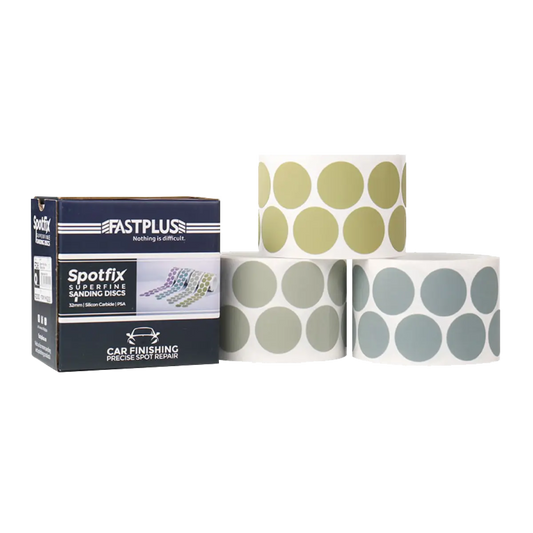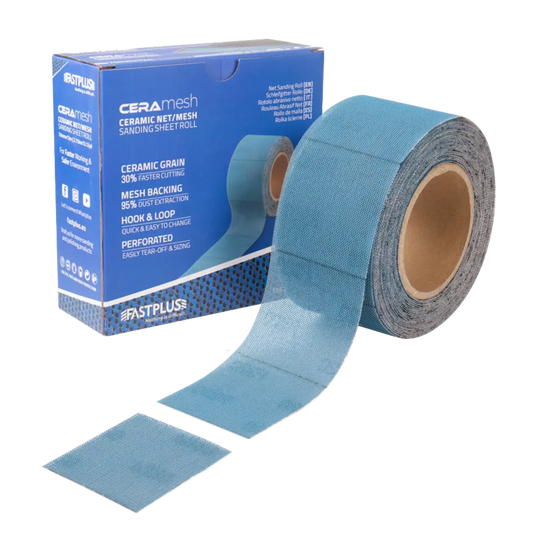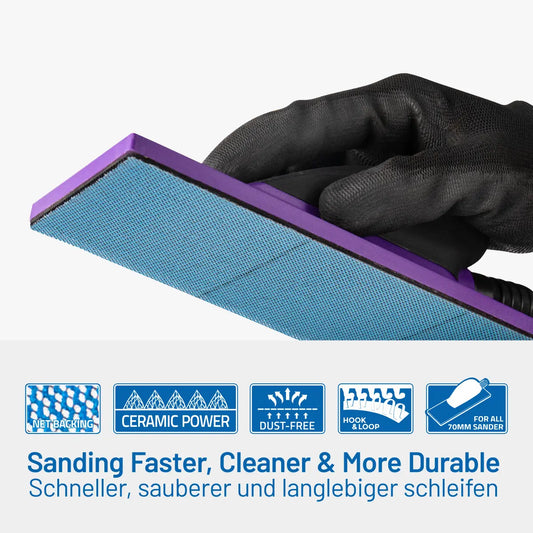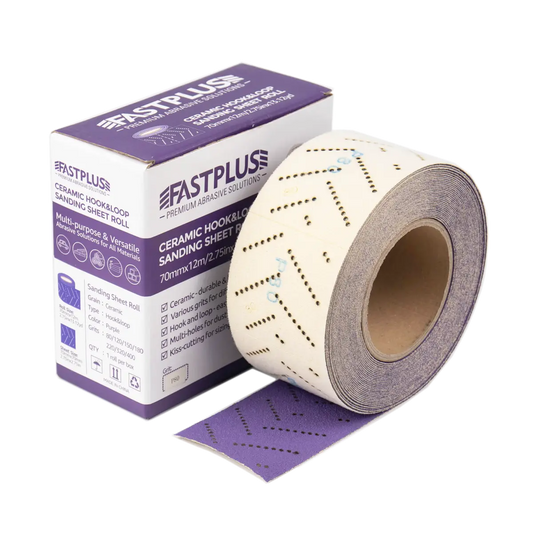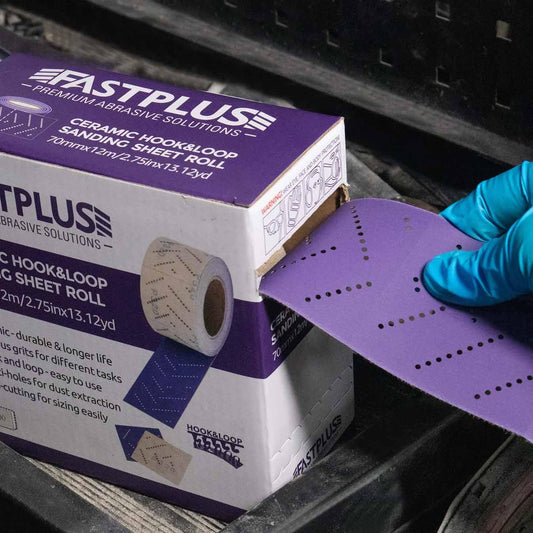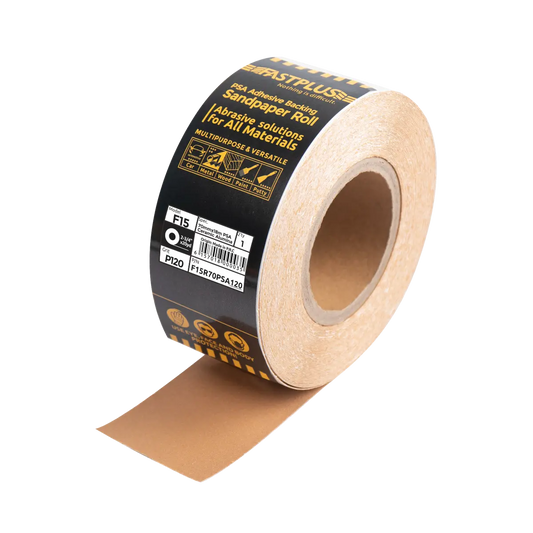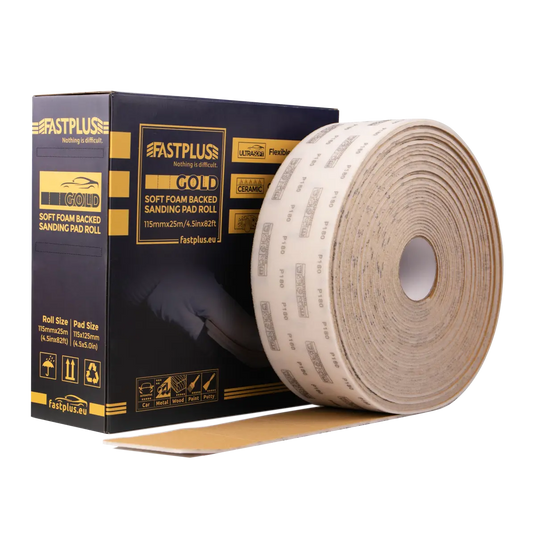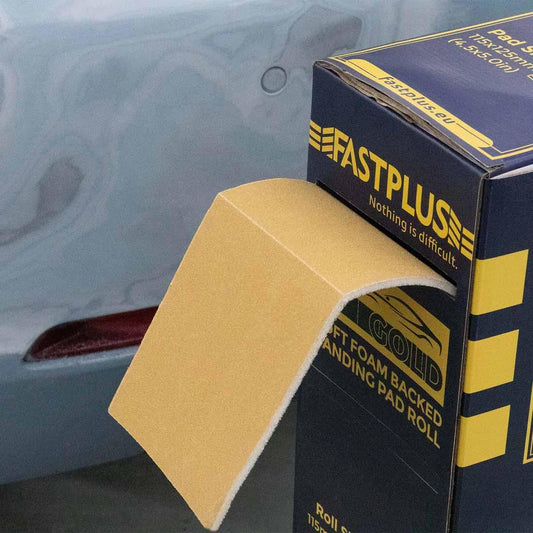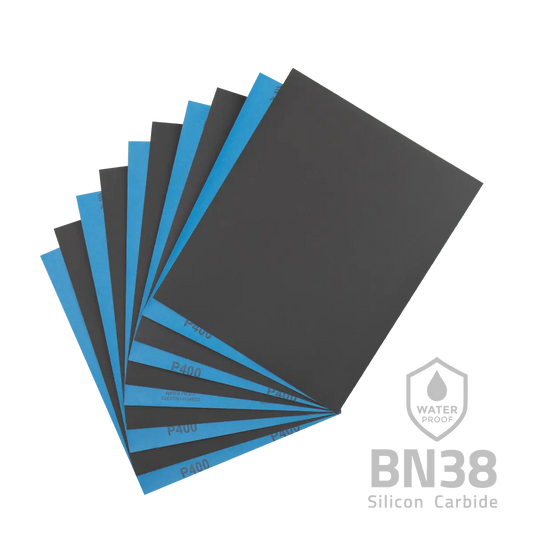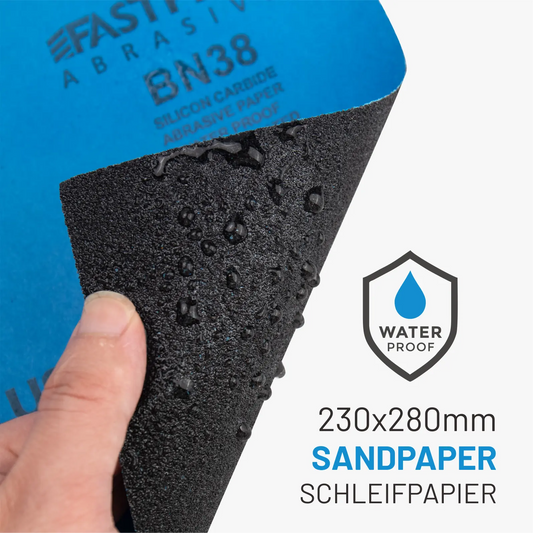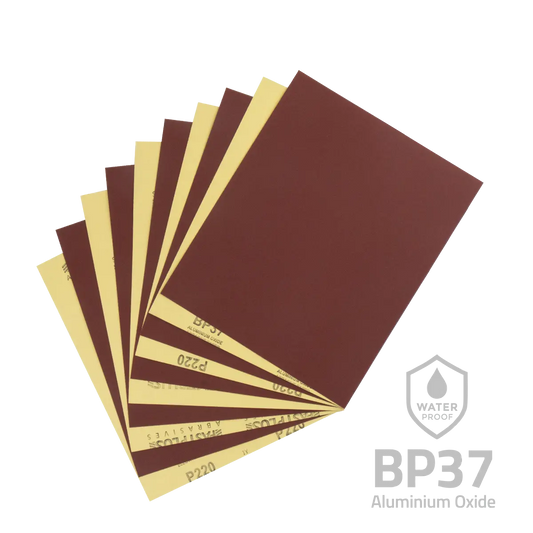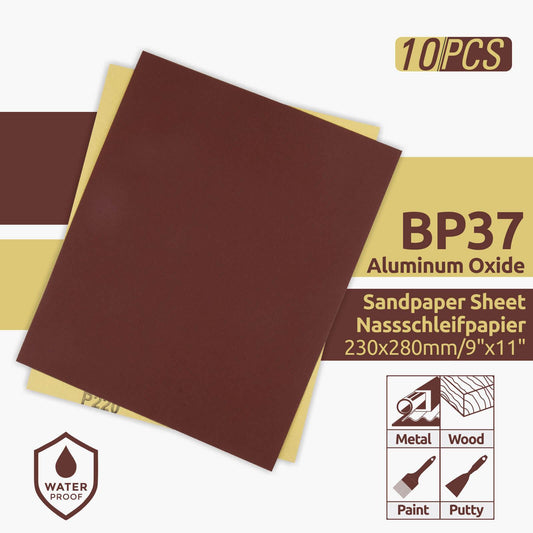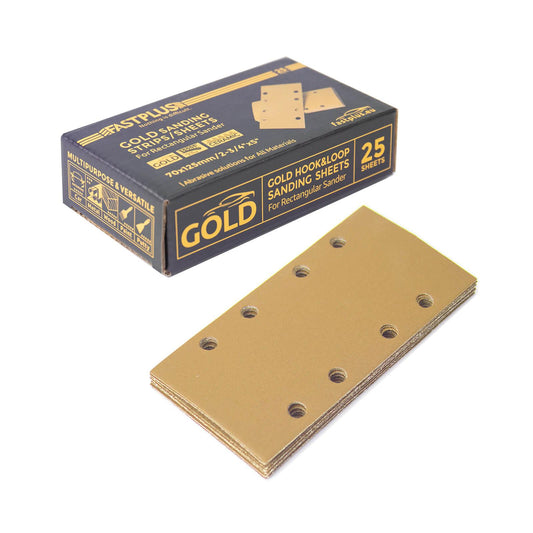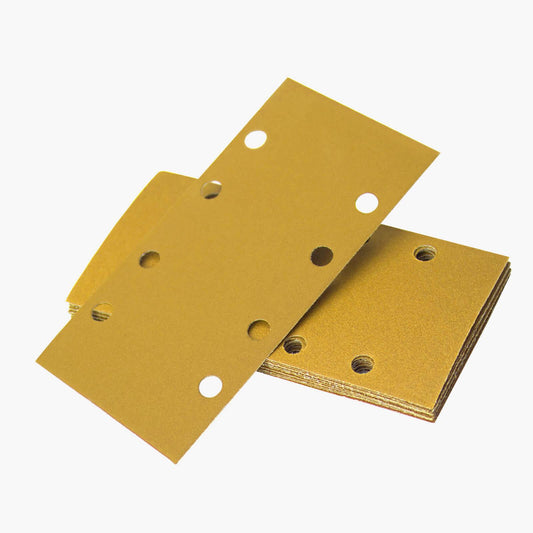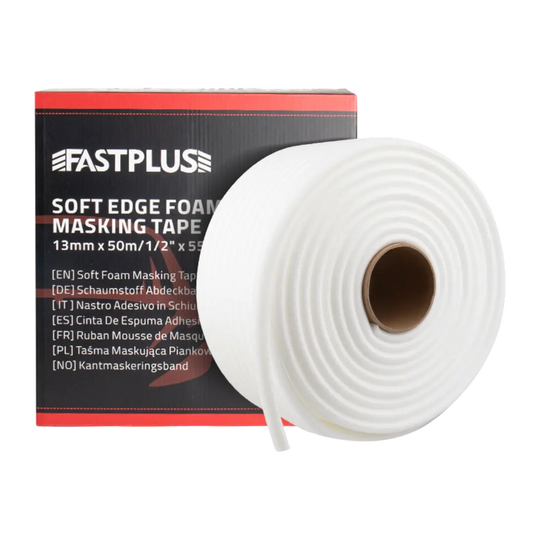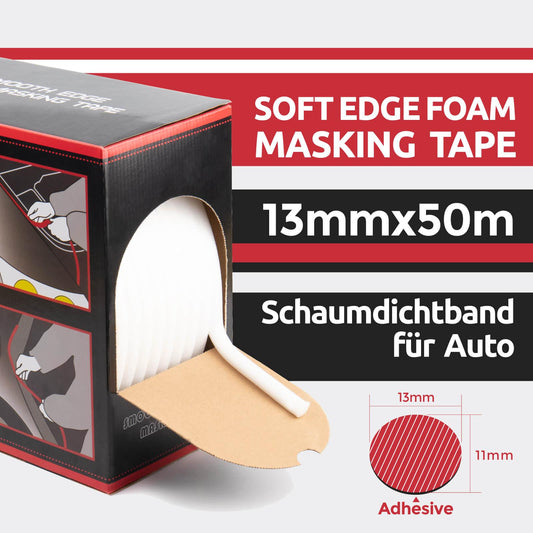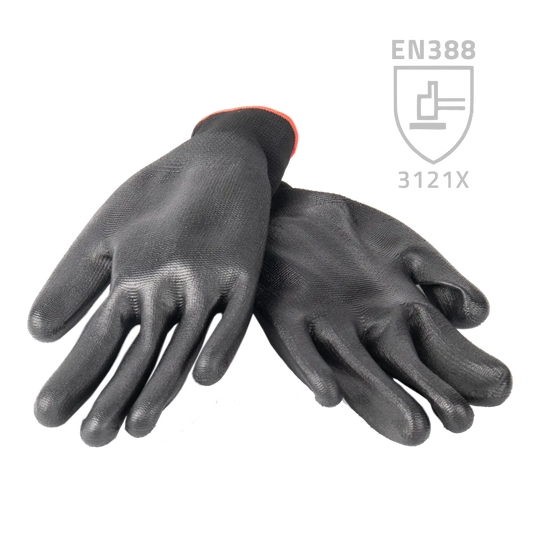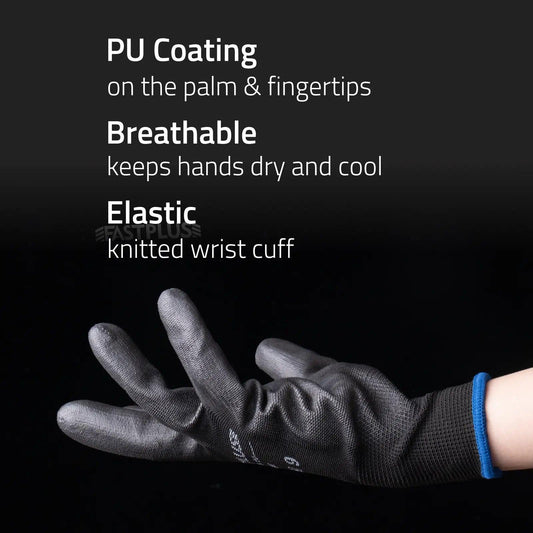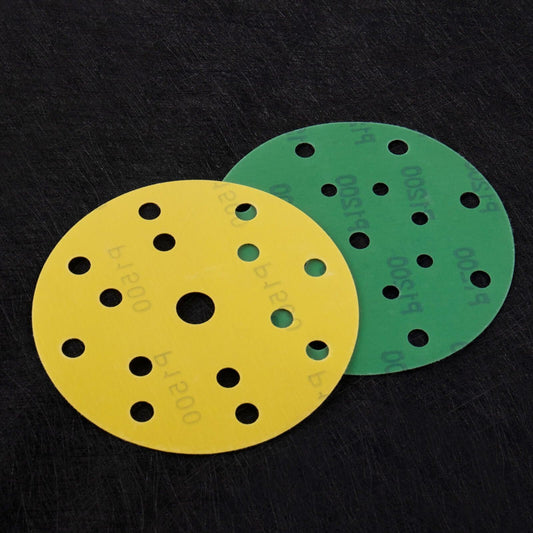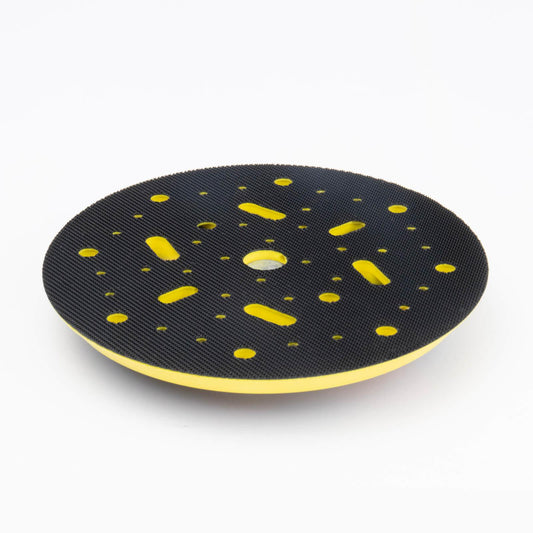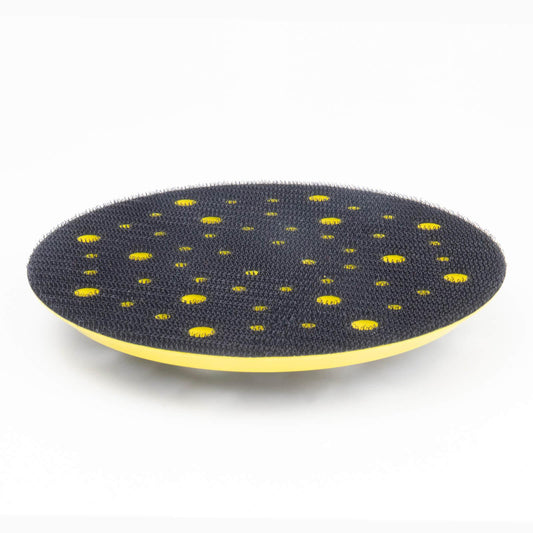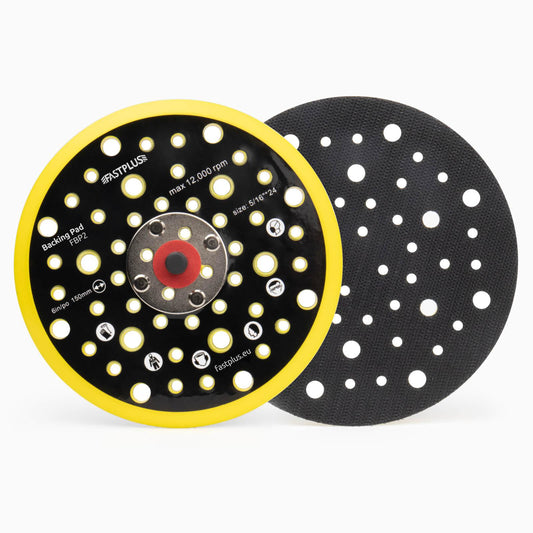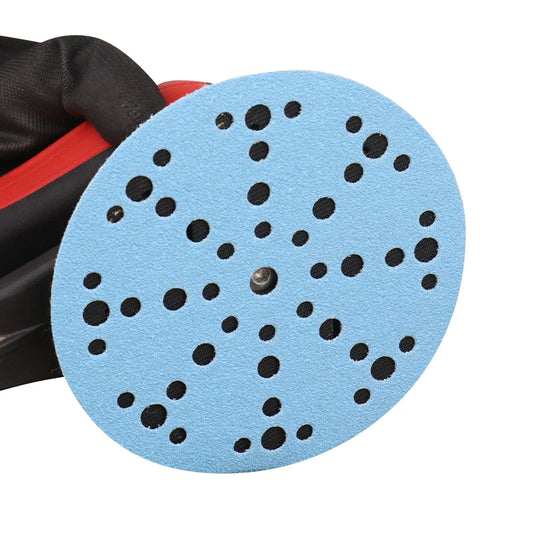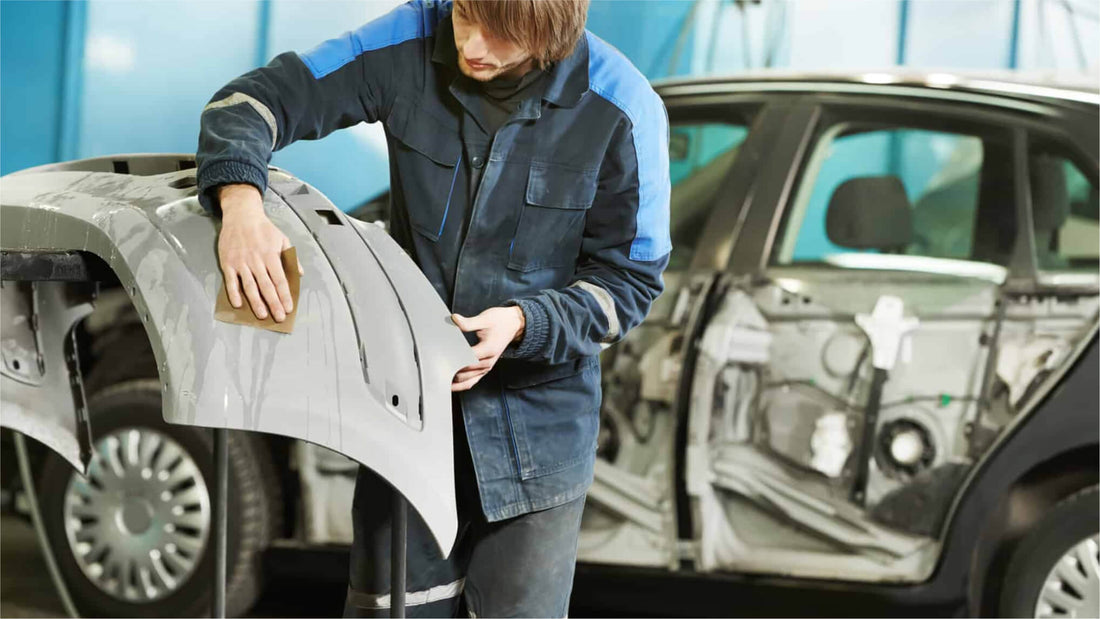
How Many Methods to Sand My Car for Paint?
Sanding for car paint repair may seem daunting, but it’s a crucial step in the automotive restoration process. Whether you’re looking to fix imperfections in your car’s paint or preparing the surface for a new coat of paint, sanding is an essential part of the process.

There are many different methods and sanding tools that are employed for sanding a car. These include hand sanding, machine sanding, wet sanding, dry sanding, and ice blast sanding. Each method has its benefits and drawbacks. Finding the best method for sanding a car is a challenge.
This blog will discuss different methods for sanding a car and help you find the perfect method for sanding your car.
Methods for Sanding a Car
You might have heard of various methods about how to fix car paint and what methods of sanding are best to prepare your car for fresh paint. The best methods depend on the type of paint finish on your car and the sanding tools that are available in your workshop. Let’s explore some of the most effective ways to sand an automobile
Hand Sanding
Hand sanding is the traditional approach to sanding a car that requires sandpaper. It involves manual sanding of the surface of the car. It is preferable if you need to sand a small area and are especially conscious about work precision and accuracy. Also, it is effective in removing rust from the car’s surface. However, hand sanding can cause fatigue, so avoid it if you need to sand a large area. Also, it is a time-consuming process.
Wet Sanding
Wet sanding entails utilizing a sanding block and wet abrasive sanding paper of very fine grit size. This method is ideal for removing paint and scratches from the car as the water prevents the abrasive paper from clogging and keeps the area moist. But it is a time-consuming process, and it is crucial to be careful while utilizing this method to avoid unintentional scratches.

Learn more on how to wet sand a car at home step by step.
Dry Sanding

Dry sanding is also a similar method to that wet sanding. But this method does not need water; only a sanding block and dry abrasive paper are required. It saves time and is a highly effective way of sanding. However, this process produces a lot of dust and is less efficient at removing paint and smoothing the surface than wet sanding.
Learn more about Wet Sanding VS Dry Sanding
Dry Ice Blasting

Dry ice blasting is one of the innovative techniques used for sanding a vehicle. It makes use of dry-ice pellets to remove rust and paint and smooth down the car surface. It’s a non-abrasive and eco-friendly method that generates no hazardous substance. Though it is a costly procedure, if you have the budget, it is perfect for restoring old automobiles and making them as good as new ones.
Machine Sanding
We are often pressed for time these days; therefore, we favor methods that demand less effort, are more efficient, and take less time. If you’re seeking a sanding technique with all these characteristics, machine sanding is the ideal choice for you. Machine sanding is ideal for completing large-scale projects in a relatively short amount of time. It calls for the use of power tools such as belt sanders, dual-action sanders, and orbital sanders.

- Orbital Sander: Orbital sanders are handheld power tools that use circular sanding discs to smooth out the car’s surface. It is suitable for use on both flat and covered surfaces and is very efficient in removing paint.
- Belt Sander: Belt sanders are more powerful tools that need to be operated correctly by trained experts. It uses a continuous loop of sandpaper on a belt to sand down the car’s surface. They are ideal for removing paint and rust from large surfaces.
- Dual Action Sander: Dual action sander produces oscillations in a random pattern to sand the surfaces to give them a smoother finish. It is ideal for sanding paint and giving a smooth finish to the car’s surface. It is an expensive yet more practical approach.
How to Choose the Best Method for Sanding a Car?
It is crucial to consider certain factors before choosing a sanding method so you opt for the best method for sanding a car.
- It is crucial to consider the requirements for the sanding project. Dry sanding or machine sanding is preferable to prepare a car surface for repainting, whereas wet sanding is preferred for removing old paint and smoothening a surface.
- Consider the availability of budget, removing paint and scratches, and equipment in your workshop. It allows you to choose a more efficient tool for sanding a car.
- Lastly, consider your skills and command of different methods of sanding. You should only go for power tools if you are trained to use them; otherwise, it’s better to stick to traditional methods.
Final Thoughts
Among the various methods of sanding a car, it’s difficult to determine the best one as all have pros and cons. Only you can determine the best method for your sanding project based on the task you need to perform, the availability of resources, and your skill set. Regardless of your chosen method, it’s important to use caution and follow proper safety guidelines to ensure a smooth and successful sanding process.
Buy Fastplus Factory-Direct Abrasives
Want to purchase high-quality, factory-direct sanding discs, sanding sheet rolls, wet/dry sandpapers and film abrasive discs for automotive applications? Try Fastplus Abrasives today and place your orders online! 
